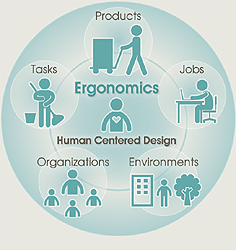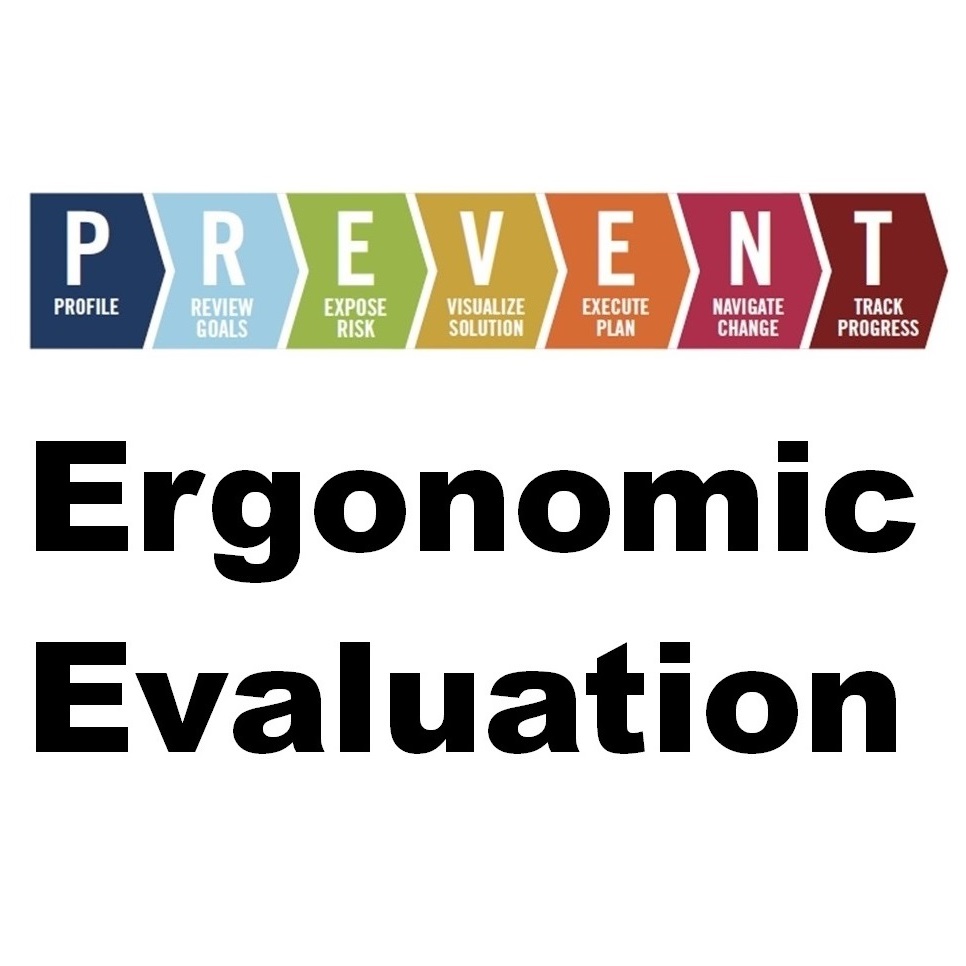Information
-
Document No.
-
Audit Title
-
Client / Site
-
Conducted on
-
Prepared by
-
Location
-
Personnel
Working Conditions - The workstation is designed or arranged for doing computer tasks so it allows the employee's:
-
A. Head and neck to be upright (Not bent down or back)
-
B. Head, neck, and trunk to face forward (Not twisted).
-
C. Trunk to be about perpendicular to the floor (No leaning forward/backward).
-
D. Shoulders and upper arms to be about perpendicular to floor (Not stretched forward) and relaxed (Not elevated).
-
E. Upper Arms and Elbows to be close to the body (Not extended outward).
-
F. Forearms, wrists, and hands to be straight and parallel to the floor (Not pointing up/down).
-
G. Wrists and hands to be straight (Not bent up/down or sideways toward little finger).
-
H. Thighs to be about parallel to floor and lower legs to be about perpendicular to the floor.
-
I. Feet to rest flat on the floor or be supported by a stable footrest.
-
J. Computer tasks to be organized in a way that allows the employee to vary computer tasks with other work activities, or to take micro-breaks or recovery pauses while at the computer workstation.
Seating - The Chairs
-
1. Backrest provides support for the employee's lower back (Lumbar Area).
-
2. Seat Width and Depth accommodate employee (Seatpan not too big or small).
-
3. Seat Front does not press against the back of the employee's knees and lower legs (Seatpan not too long).
-
4. Seat has cushioning and is rounded (Waterfall) front edge (No sharp edge).
-
5. Armrests support both forearms while employee performs computer tasks and do not interfere with movement.
Keyboard Input Device - The keyboard/input device is designed or arranged for doing computer tasks so that:
-
6. Keyboard/input device platform(s) is stable and large enough to hold keyboard and input device.
-
7. Input device (Mouse or trackball) is located right next to the keyboard so it can be operated without reaching.
-
8. Input device is easy to activate and shape/size fits hand of employee (Not too big/small).
-
9. Wrists and hands do not rest on sharp or hard edge.
Work Area - The work area is designed or arranged for doing computer tasks so that...
-
10. Thighs have clearance space between chair and computer table/keyboard platform (Thighs not trapped).
-
11. Legs and feet have clearance space under computer table so employee is able to get close enough to keyboard/input device.
Monitor - The monitor is designed or arranged for computer tasks so that...
-
12. Top line of screen is at or below eye level so employee is able to read it without bending head or neck down/back. (For employees with bifocals/trifocals see next item.)
-
13. Employee with bifocals/trifocals is able to read the screen without leaning head, neck, or trunk forward/backward.
-
14. Monitor distance allows employee to read screen without leaning head, neck, or trunk forward/backward.
-
15. Monitor position is directly in front of employee so employee does not have to twist head or neck.
-
16. No glare (e.g. from windows, lights) is present on the screen which might cause the employee to assume an awkward posture to read the screen.
Accessories:
-
19. Wrist rest, if provided, is padded and free of sharp and square edges.
-
20. Wrist rest, if provided, allows employee to keep forearm, wrists, and hands straight and parallel to the ground when using the keyboard/input device.
General:
-
22. The workstation and equipment have sufficient adjustability so that the employee is able to be in a safe working posture and to make occassional changes in posture while performing computer tasks.
-
23. Computer Workstation, equipment, and accessories are maintained in serviceable condition and function properly.
-
PASSING SCORE= "YES" answers on all "Working Postures" items (A-J) and no more than two "NO" answers on remainder of the checklist (1-23).
Signatures:
-
Person Performing the Audit:









